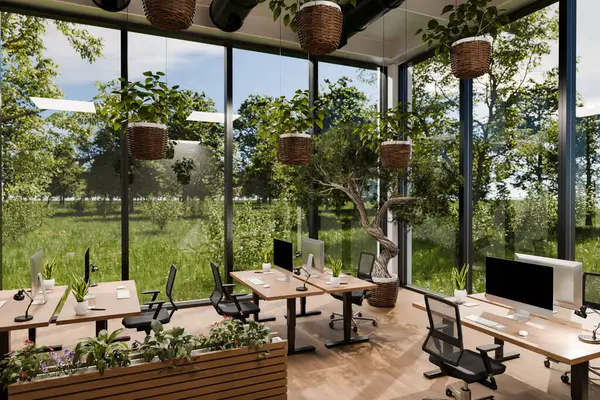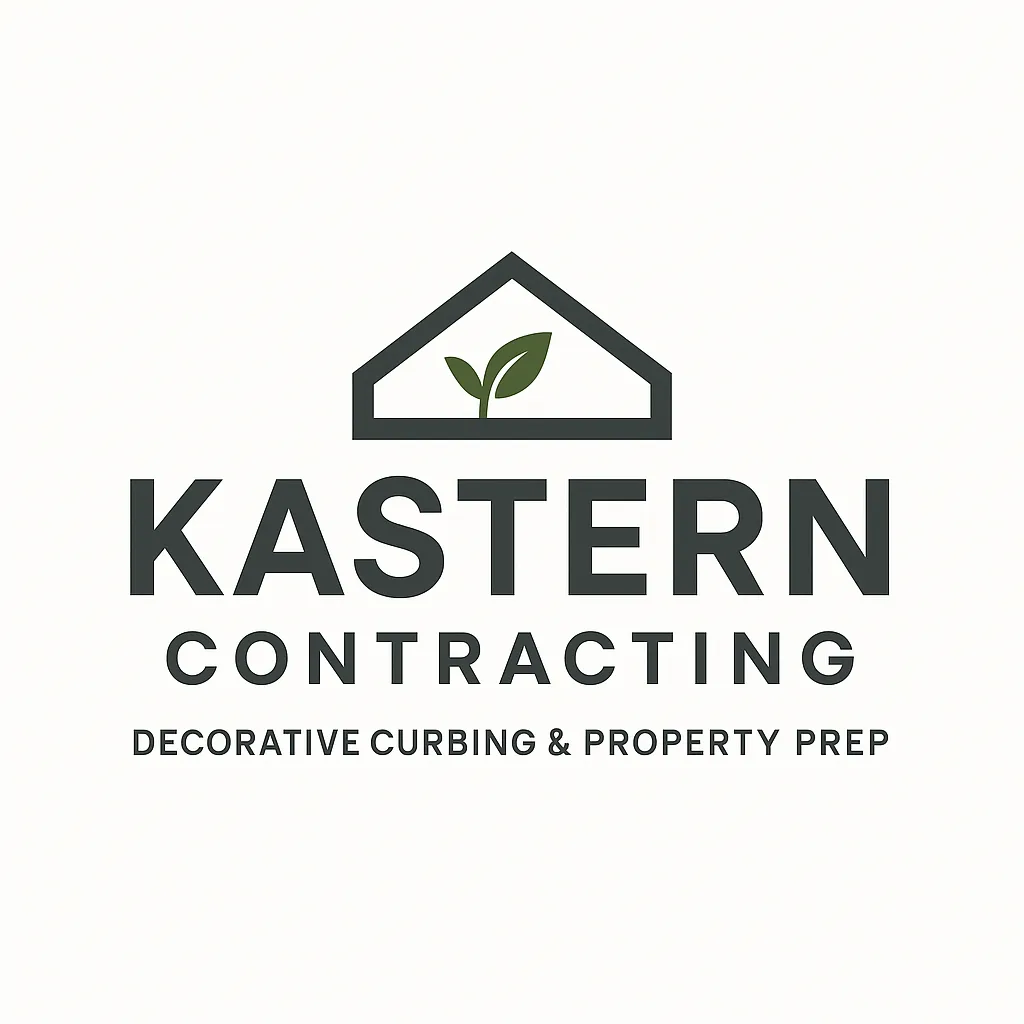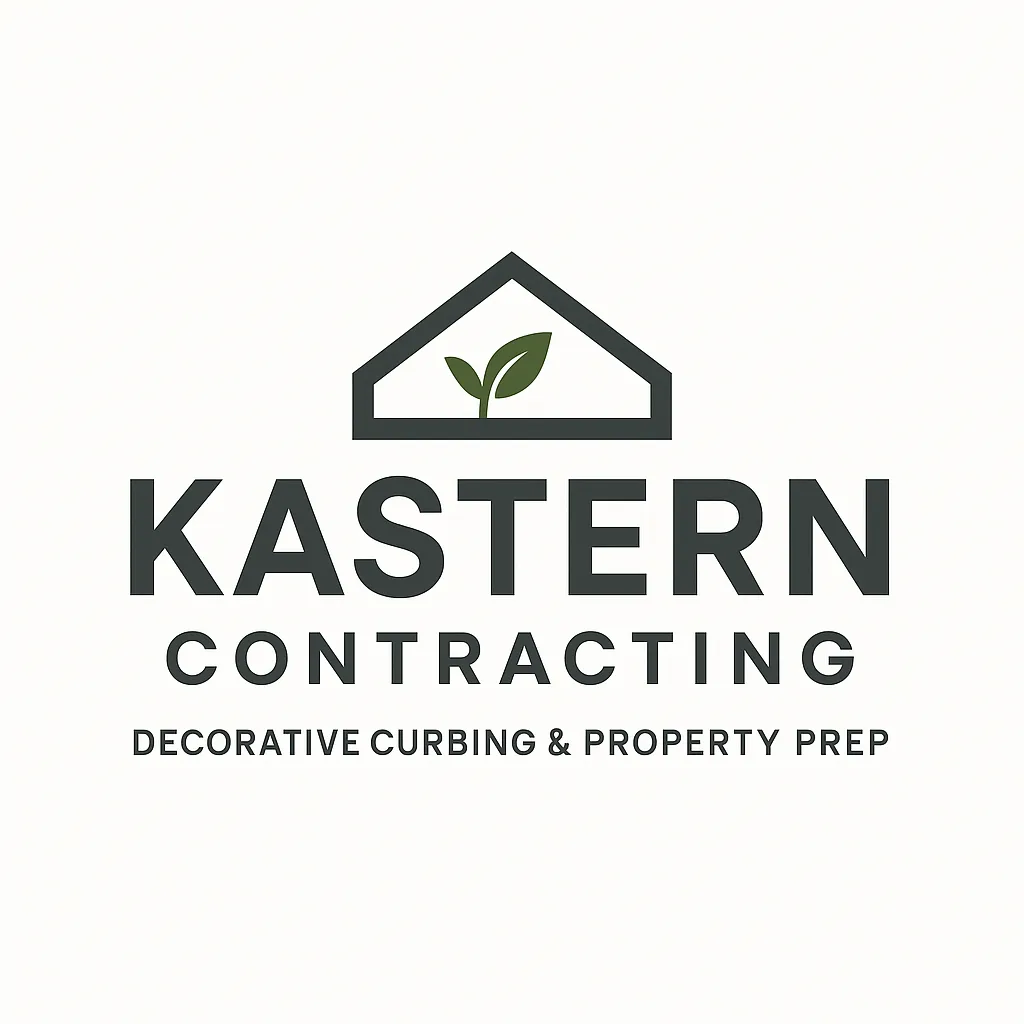
Transform Your Office Landscape in Brule, WI & Surrounding Areas
Businesses in Brule, WI, and nearby towns such as Lake Nebagamon, Poplar, Solon Springs, Iron River, and Superior are increasingly investing in professional office landscaping. A well-designed commercial landscape not only improves curb appeal but also creates a welcoming environment for employees and clients while enhancing property value and sustainability.
Why Is Office Landscaping Important in Brule, WI?
Office landscaping in Brule plays a key role in creating a professional and inviting atmosphere. It helps businesses project a positive image, attract customers, and provide a pleasant environment for employees. Proper landscaping can also improve environmental quality, manage stormwater, and reduce maintenance costs with sustainable design practices suitable for Northern Wisconsin’s climate.
How Does Landscaping Improve Employee Productivity and Well-Being?
In Brule and surrounding areas like Poplar and Solon Springs, landscaped outdoor spaces can boost employee morale, reduce stress, and encourage outdoor breaks. Access to green spaces has been shown to enhance creativity, focus, and overall well-being, making commercial properties more productive and appealing.
What Are the Benefits of Sustainable Landscaping for Businesses?
Sustainable office landscaping reduces water consumption, lowers maintenance costs, and supports local ecosystems. Incorporating native plants, rain gardens, and permeable surfaces in Brule and nearby towns like Iron River and Superior helps protect soil health, manage runoff, and create habitats for pollinators, while demonstrating a company’s commitment to environmental responsibility.
Which Landscaping Elements Work Best for Office Spaces in Brule?
Key landscaping elements include low-maintenance plants, shade trees, flowering shrubs, walkways, seating areas, and decorative features. Using native species and perennials adapted to Brule’s clay soils and cold winters ensures year-round durability and aesthetic appeal. Incorporating features like planters, mulch, and sustainable hardscaping improves both appearance and function.
How Can Rain Gardens and Xeriscaping Be Integrated into Office Landscapes?
Rain gardens and xeriscaping are ideal for businesses in Brule, Lake Nebagamon, and surrounding towns looking to manage water efficiently. Rain gardens capture runoff from roofs and parking lots, while xeriscaping replaces high-water lawns with drought-tolerant native plants. These strategies reduce maintenance, improve resilience, and contribute to a sustainable, eco-friendly office environment.
How Do You Choose the Right Landscaping Company in Brule?
Selecting a reputable landscaping company in Brule, Poplar, or Solon Springs involves checking experience with commercial projects, local references, and expertise in sustainable practices. Professionals should provide a detailed plan including plant selection, irrigation solutions, and hardscaping, ensuring the design fits your property’s unique conditions and business goals.
How Can Landscaping Increase Property Value for Offices?
Well-executed landscaping in Brule, Iron River, and Superior enhances curb appeal and attracts clients or tenants. Thoughtful design increases property value by creating an aesthetically pleasing environment, reducing maintenance costs, and demonstrating environmental stewardship. Sustainable and attractive landscapes are particularly appealing to prospective tenants or business partners.
How Long Does an Office Landscaping Project Take?
The duration of a commercial landscaping project in Brule or surrounding towns like Lake Nebagamon and Solon Springs depends on the scope of work. Smaller updates such as planting shrubs, flowers, and installing mulch can take a few days, while full-scale projects including trees, hardscapes, rain gardens, and irrigation systems may take several weeks. Proper planning ensures minimal disruption to business operations.
What Trends Are Popular in Commercial Landscaping in Northern Wisconsin?
Businesses in Brule, Solon Springs, and Iron River are adopting trends such as native plantings, pollinator-friendly gardens, outdoor seating spaces, decorative hardscapes, and smart irrigation systems. These trends enhance aesthetics, sustainability, and functionality, creating office landscapes that are both environmentally responsible and visually appealing.
Final Thought
Transforming your office landscape in Brule, WI, and nearby towns such as Lake Nebagamon, Poplar, Solon Springs, Iron River, and Superior enhances your business’s image, employee well-being, and property value. By incorporating sustainable practices, native plants, and professional design, your commercial property can enjoy a low-maintenance, eco-friendly, and visually striking landscape.

How much does commercial landscaping cost in Brule, WI?
Costs vary depending on the size of the property, type of plants, and complexity of the design. Small updates like planting shrubs or flowers may start around $1,000, while full-scale projects with hardscapes, irrigation, and native plantings can range from $5,000 to $25,000 or more.
How often should office landscapes be maintained?
Regular maintenance is key to keeping a professional appearance. For Brule and surrounding areas, seasonal tasks like pruning, mulching, fertilizing, and irrigation checks are recommended. Many companies offer monthly or quarterly maintenance plans tailored to property needs.
Can sustainable landscaping reduce water and maintenance costs?
Yes. By using native plants, drought-tolerant species, and rain gardens, businesses in Brule, Solon Springs, and Iron River can significantly lower water usage and reduce the need for frequent lawn care or chemical treatments, saving both time and money.
What is the best time of year to start a commercial landscaping project in Northern Wisconsin?
Spring and early summer are ideal for planting native perennials, trees, and shrubs, while fall is great for planting certain trees and preparing rain gardens. Winter is generally reserved for planning and design work.
How do I choose plants that thrive in Brule’s climate?
Select native plants and perennials that tolerate clay soils, cold winters, and fluctuating rainfall. Species like Rough Blazing Star, Purple Coneflower, and Serviceberry trees are hardy, low-maintenance, and support local wildlife while providing year-round visual appeal.

